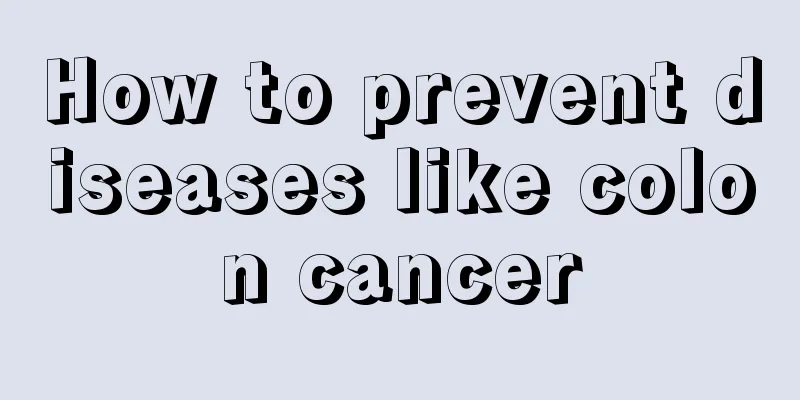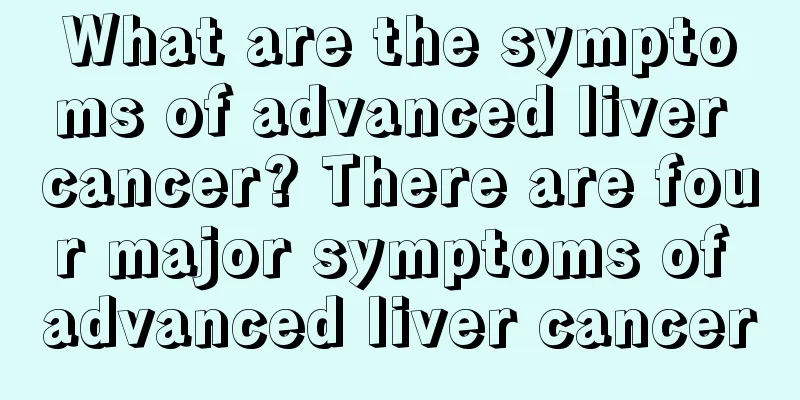Is ct harmful to humans?

|
In real life, when a doctor is treating a patient, if he cannot observe the patient's condition on the surface, the doctor will recommend the patient to do a CT scan. In fact, CT scans are not only expensive, but the radiation from CT can also cause certain harm to the human body. However, CT can see diseases that are invisible to the naked eye. In helping patients see a doctor, CT does play an irreplaceable role in this matter. So, is CT harmful to the human body? Is CT scan harmful to the body? With the development of technology, CT has become a routine physical examination for people in their daily medical treatment. Some people mistakenly believe that any disease can be diagnosed by just a CT scan. People often ask doctors to do CT scans of the whole body. Some bad doctors also often ask unnecessary patients to do CT scans. In fact, CT physical examination is not a panacea, and the misuse of CT can even cause cancer. Scientific research has long proven that exposure to X-rays can cause a variety of tumors, including leukemia, thyroid cancer, breast cancer and lung cancer, and may also cause tumors of the salivary glands, stomach, colon, bladder, ovaries, central nervous system and epidermis. The harm of CT examination to the body is that it exposes the person being examined to a large dose of X-ray radiation. Research by the International Commission on Radiation Protection (ICRP) has shown that a CT scan of the upper and lower body will increase the risk of radiation-induced cancer in the examinee by about 8%. Radiation-induced cancer and hereditary diseases are dose-linear and have no threshold, which means that the more exposure you receive, the greater the likelihood of developing fatal cancer and hereditary diseases. The risk of cancer from CT scans depends to some extent on the age at which exposure occurs; excessive exposure in childhood has been associated with increased risk of leukemia and thyroid cancer, in the reproductive years with an increased risk of breast cancer, and in later life with an increased chance of lung cancer. Therefore, both medical staff and the general public should learn some knowledge about radiation protection. The indications for CT physical examinations should be strictly controlled. If non-radiation methods (such as ultrasound) can be used, non-radiation methods should be used, and if the problem can be solved by X-rays, CT physical examination should not be performed. Particular attention should be paid to women of childbearing age, pregnant women and infants and young children who should avoid CT examinations. Take precautions before they happen and reduce the harm caused by radiation to humans. Of course, CT examinations should not be abused, nor should we panic. So, how should we view CT physical examinations correctly? First of all, we understand that, literally speaking, CT may only induce cancer, not necessarily cause cancer. CT works by emitting X-rays, which have a certain killing effect on body cells. If the X-ray exposure time is too long or the dose is high, it may cause body cell cancer or cause fetal malformations. Therefore, from this factor, exposure to X-rays may indeed cause cancer! So, is it necessary for us to panic about CT, or even question or resist normal CT examinations? In fact, it is completely unnecessary! Because under normal circumstances, we don't need to do CT scans very often when we are sick, and the body takes in very little X-rays. Such a short time and small dose of X-rays will not cause any harm to the body, and the body has self-repair effects. Even if a few cells are damaged, the body will have some mechanisms to engulf or eliminate these cells before they become cancerous, and they will never reach the stage of cancer. Therefore, there is no need for us to panic or be afraid about the claim that CT may cause cancer. If we are sick and really need a CT scan, we still have to do it. This is the only way to accurately and quickly diagnose the disease, which will help to provide early and correct treatment and restore health as soon as possible. However, if one resists CT simply because he is afraid of it, then he will not be able to accurately diagnose the disease and cannot treat it scientifically, and the only one who will suffer is himself. As long as we insist on using CT physical examinations scientifically and rationally, there is no need to panic! However, this does not mean that we can do CT scans casually. After all, CT's X-rays are harmful, and excessive use can cause damage to the body, so they should not be abused. In short, CT scans do cause some harm to the body, but the scientific and rational use of CT scans is necessary and will not cause great harm to the body. |
<<: Tips to solve the problem of crooked shoe tongue
>>: Tips on what to do if your shoes are one size too big
Recommend
How to wash off oil stains
There is no shortage of oil stains in life. Somet...
What to do if left rib is fractured
Left rib fracture is also a relatively common one...
Cure rate of well-differentiated to moderately differentiated cervical cancer
For common gynecological diseases among women, ce...
Do I need to take anti-inflammatory drugs if acne is infected
Every day, many people have pimples on their face...
How to take care of the confinement period after giving birth?
Cesarean section is an increasingly popular metho...
OL must read: Ten great tips for spinal health care
A healthy spine can not only make you look more u...
What fruit is good for the heart
With the development of the economy, more and mor...
How to correct stuttering
Stuttering has a great impact on people. It not o...
What are the benefits of taking a hot bath
Everyone likes to take a hot bath when they get h...
Are white spots on the front and back of the chest a precursor to stomach cancer?
Generally speaking, white patches on the chest an...
What should I do if I vomit after eating for advanced lung cancer?
What should I do if I vomit while eating for adva...
Frequent consumption of pickled food can easily lead to nasopharyngeal cancer
The south is a high-incidence area of nasophary...
Is cavernous hemangioma hereditary?
Hemangioma is a relatively common tumor that peop...
How to treat elevated thyroid stimulating hormone?
The influence of thyroid stimulating hormone on w...
What is the cause of shivering?
Shivering is generally called chills. Many people...









